
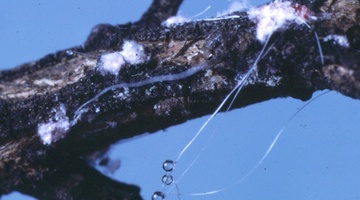
Our native forests – ngahere – have complex ecosystems. Within the wider ecosystems are smaller ecosystems, such as the one formed around honeydew. Honeydew is a sweet, sticky substance produced ...
READ MORE
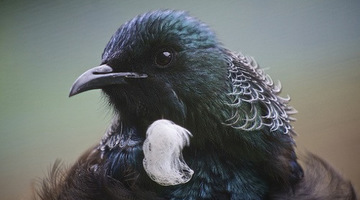
New Zealand is world famous for its unique birdlife. In our resources on conserving our native birds, we look at the issues surrounding the conservation of some of our threatened bird species ...
READ MORE

Moths are members of the order Lepidoptera, but these mostly nocturnal creatures are often in the shadow of the brighter, day-flying butterflies. New Zealand has fewer than 20 butterfly species ...
READ MORE

In this activity, students play a card game that models the journey of a male pea crab (a parasite of green-lipped mussels) from his mussel host and back again. Purpose This activity will help ...
READ MORE

In this activity, students consider some of the ethical issues involved with keeping earthworms (and other animals) captive in a classroom setting. By the end of this activity, students should be ...
READ MORE

Pollinators are insects that visit flowers to drink nectar or feed on pollen. During this process, they get covered in pollen grains and then transport the pollen from one plant to another ...
READ MORE
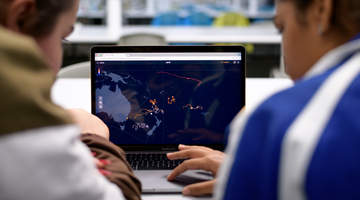
Although invisible to the naked eye, marine microbes drift continually in our ocean systems, quietly consuming up to 50% of the Earth’s CO2 through photosynthesis and producing nearly as much ...
READ MORE
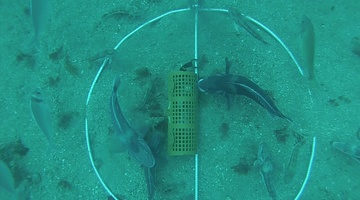
Come and visit Aotearoa New Zealand’s underwater world in this online citizen science project. Discover, count and identify unique fish species that live within our marine reserves ...
READ MORE
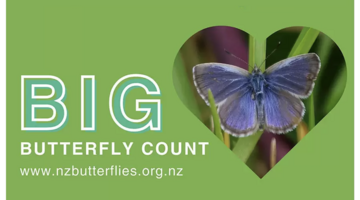
This New Zealand-based citizen science project collects data about butterflies in our gardens, schools, parks and farms – any location in the country or on the outer islands. This annual event – ...
READ MORE
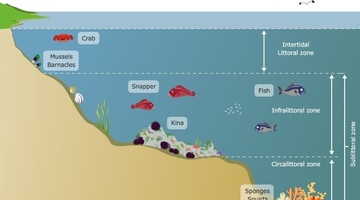
The rocky shore is a popular topic in primary school science. Below are some Science Learning Hub resources for primary teachers related to the rocky shore in the Living World strand of the New ...
READ MORE

To most of us, one earthworm resembles another. Although earthworms do have common characteristics, species differ widely in their size, skin colour and in the roles they play in the soil ...
READ MORE

Join Greta Dromgool and guest Giselle Clarkson in this recorded professional learning session which introduces the practice of observology. Giselle Clarkson is a New Zealand author and ...
READ MORE
Our native forests – ngahere – have complex ecosystems. These ecosystems are under threat from introduced wasp species. In this episode of Project Mātauranga, Associate Professor Jacqueline Beggs ...
READ MORE
Researcher Rosa Henderson from Landcare Research NZ Ltd introduces the tiny scale insects and talks about their role in the ecosystem.
READ MORE
Dr Robert Hoare, of Manaaki Whenua – Landcare Research, talks about why he loves moths – a fascinating story of how an entomologist grew to love these night-time fliers. Points of interest ...
READ MORE

Exploring moths as ecological indicators of health and connectedness in our natural world. Select here for further information, transcript and copyright.
READ MORE
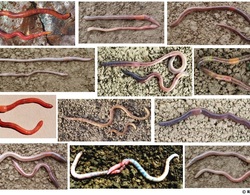
Learn more about introduced and native earthworms in Aotearoa New Zealand. Use the Slideshow menu for further options, including view full screen, and go here for the download option.
READ MORE

Use this Aotearoa New Zealand native butterflies slideshow to learn more about native butterfly habits and behaviour, then go butterfly hunting! Use the Slideshow menu for further options ...
READ MORE